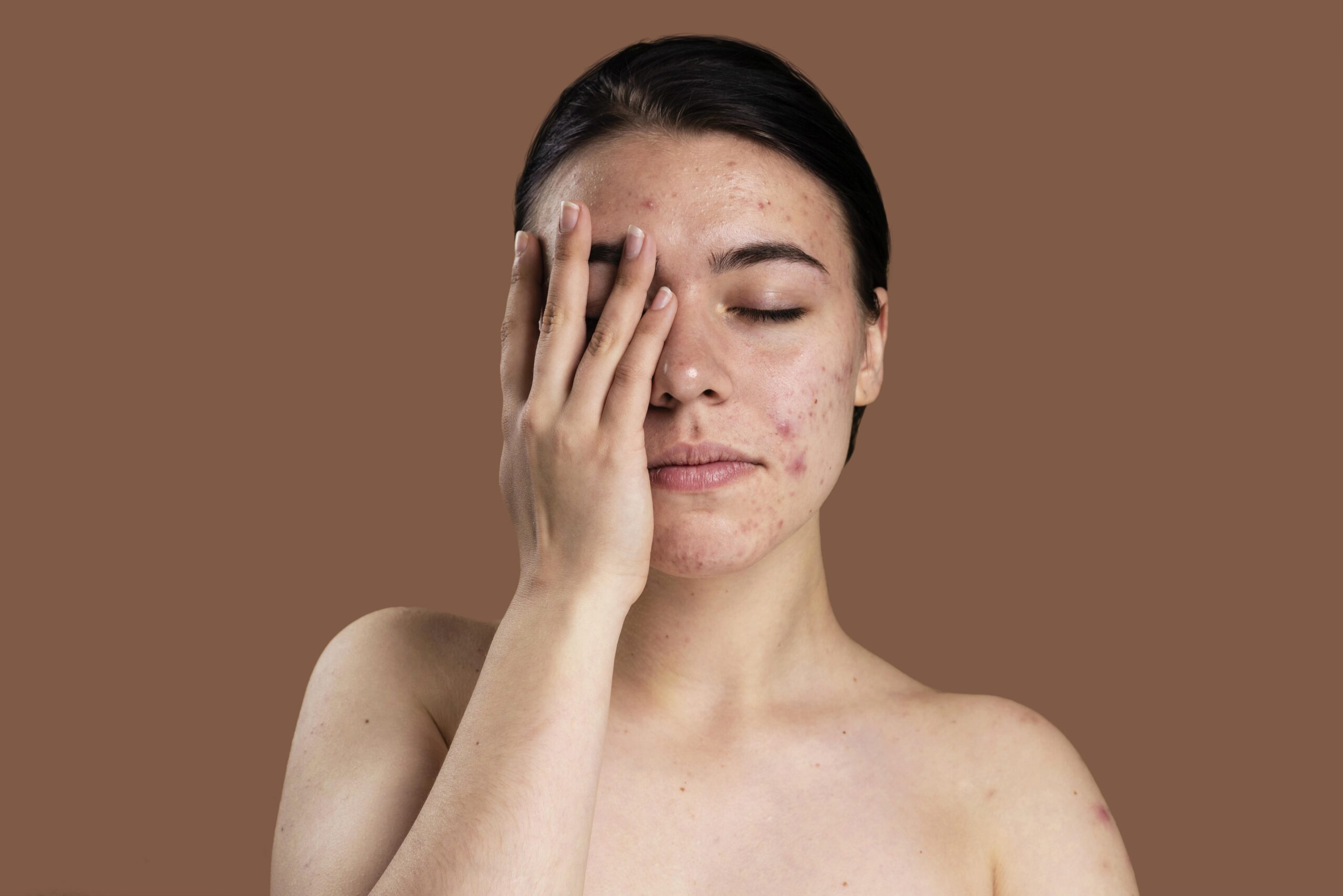Skin cancers, including basal cell carcinoma, melanoma or squamous cell carcinoma, often start in the form of some changes to your skin. Therefore, finding melanoma at an early stage is a must; as we all know, early detection can increase your chances of cure. While melanoma is a common type of skin cancer, it is the most serious. When melanoma starts spreading, it becomes difficult to treat, and the outlook may be poor.
Recognizing potential skin cancer is not easy. Not all melanomas follow the standard rules, and they come in many forms, displaying none of the typical warning signs. However, receiving an early diagnosis and prompt treatment (maybe a skin cancer surgery in Toowoomba) can improve the outlook of patients with melanoma.
What is Melanoma?
Melanoma often occurs when melanocytes (naturally occurring pigment-producing cells in the skin) start mutating and dividing uncontrollably. While skin cancers can develop anywhere on the skin, certain areas are more at risk than others. For example, people with darker skin tones are less likely to develop melanoma.
Various Types of Melanomas
There are four types of melanomas, including:
Lentigo Maligna Melanoma
It is a less common type of melanoma, which tends to develop in older adults, in body parts that have had extreme sun exposure over the years.
First, it takes the form of a Hutchinson’s freckle, or lentigo maligna, which looks like a stain on the skin. Then, gradually, it grows and is less dangerous than other skin cancers.
Nodular Melanoma
Nodular melanoma is the second most common type of melanoma. It appears on the trunk, head, or neck, growing quicker than other types. Nodular melanoma may occur as a reddish or blue-black colour.
Superficial Spreading Melanoma
Superficial spreading melanoma is another common type of melanoma. It often appears on the limbs or trunk of the body. The cells grow slowly at first before spreading across the skin’s surface.
Acral Lentiginous Melanoma
This is the rarest kind of melanoma, which appears on the palms of the hands, soles of the feet, or under the nails.
Risk Factors
Research into the causes of melanoma is still in progress. However, scientists know that people with certain skin types are more likely to develop melanoma. The following factors may contribute to an increased risk of melanoma:
- A high density of freckles
- Red or light hair
- A previous organ transplants
- Older age
- Light eyes
- Pale skin that does not get tanned quickly and tends to burn
- A high number of moles
- Presence of actinic lentigines, which are known as liver spots or age spots
- Five or more atypical moles
- Giant congenital melanocytic nevi, which is a type of brown birthmark
- High sun exposure, mainly if it produces blistering sunburn, and if sun exposure is irregular
- A family or personal history of melanoma
To decrease your chances of skin cancer, avoid exposing your skin to sunlight directly. It is also essential to examine your skin for new growth or spots changes. At Drayton Medical Centre, our skin cancer care specialists are dedicated to giving you advice on melanoma prevention, diagnosis and other risk factors. Please do not hesitate to get in touch with us for more information.

